-
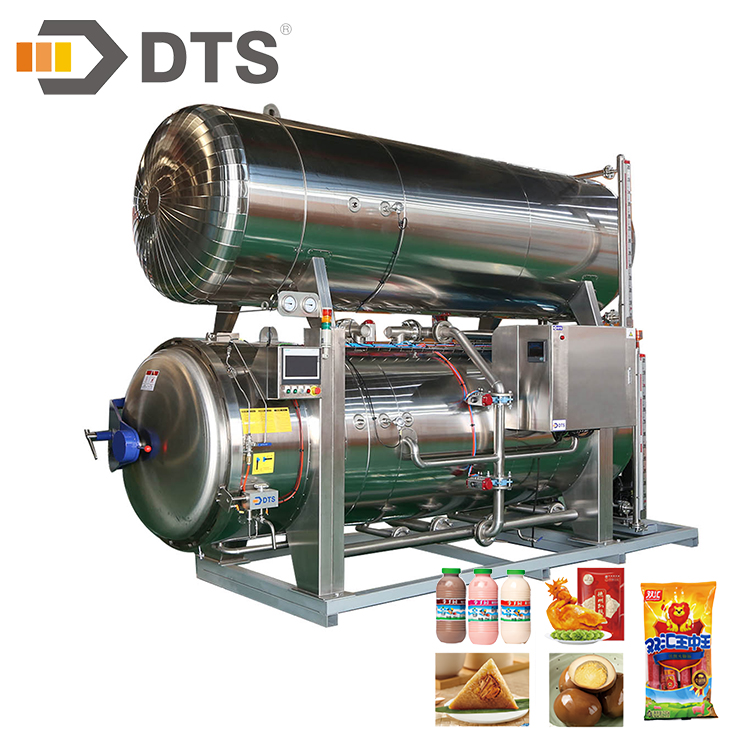
Product Introduction: Sterilization retort is a kind of high temperature and high pressure sealed pressure vessel, mainly used in the field of food products high temperature rapid sterilization, suitable for glass bottles, tinplate, eight precious porridge, self-supporting bags, bowl, coated prod...Read more »
-
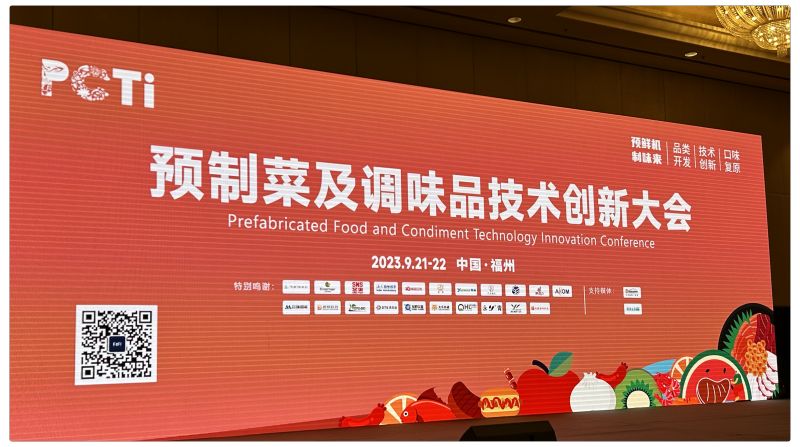
Ding Tai Sheng was invited to participate in the Prepared Dishes Innovation Conference and share the application of thermal sterilization technology in improving the quality and safety of prepared dishes. The golden autumn brings refreshment and the fragrance of osmanthus. The PCTI2023 Prepared D...Read more »
-

Bloated bags are generally caused by damaged packaging or food deterioration due to incomplete sterilization. Once the bag bulges, it means that microorganisms decompose organic matter in the food and produce gas. It is not recommended to eat such products. So many friends who make bagged product...Read more »
-
-1.png)
Canned food, as the name suggests, is canned, a mention of canned I believe the first thing that comes to mind is his long shelf life, as well as the technology and hard work additives and preservatives. However, and these stereotypes is the opposite, canned food in fact do not need those additiv...Read more »
-
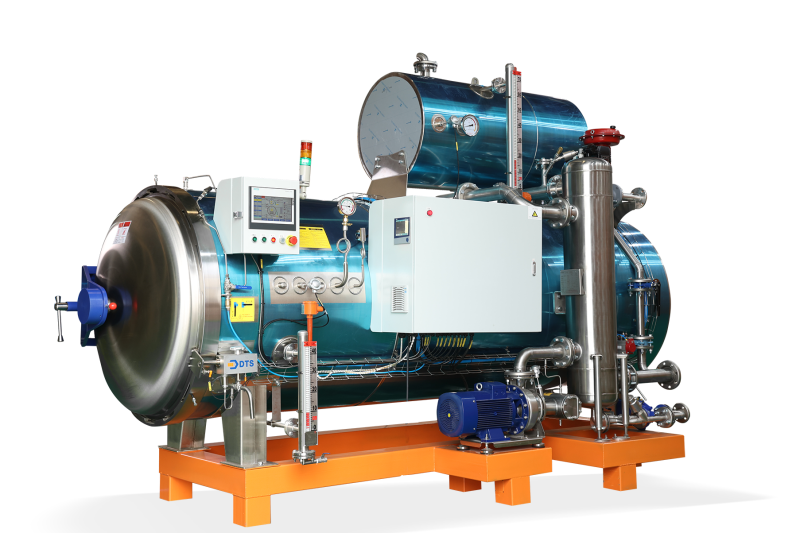
Sterilization retorts are classified into the following 6 types based on the sterilization methods: 1. Water Spray Sterilization 2. Side Spray Sterilization 3. Water Cascade Sterilization 4. Water Immersion Sterilization 5. Steam Sterilization 6. Steam and air Sterilization Based on the steriliza...Read more »
-
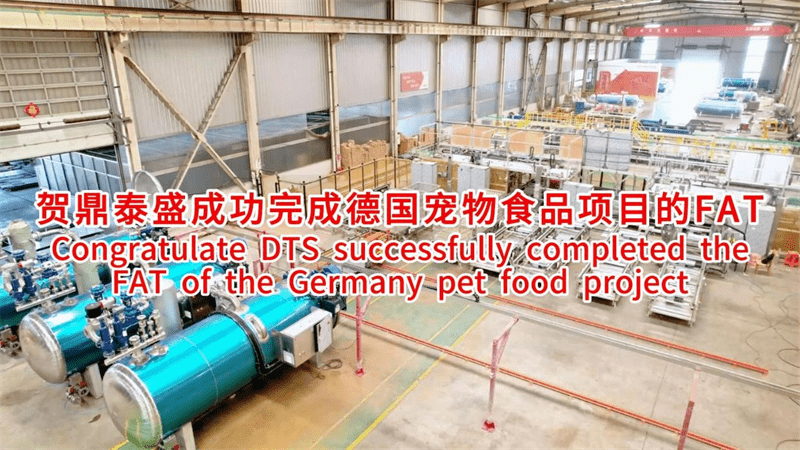
Since signing the German pet food sterilization project order, the DTS project team has formulated detailed production plans in strict accordance with the requirements of the technical agreement, and regularly communicated with customers to update the progress. After several months of perfect coo...Read more »
-
Please kindly accept invitation to visit us at Thaifex anuga ASIA 2023 (May 23th-27th) Booth #1-WW131 and PPORPAK ASIA 2023 (Jun 14th-17th) Booth #FY99-16. Read more »
-
Please kindly accept invitation to visit us at FIRA BARCELONA GRAN VIA VENUE Booth(Apr 25th-27th) #3II401-5 and INTERPACK Dusseldorf (Germany) 2023 (May 4th-10th) Booth #72E16 and ZOOMARK Bologna (Italy) 2023 (May 15th-17th) Booth #A115. Read more »
-

DTS Booth No.: Hall A A-F09 With the increasing demand for food safety, nutrition, convenience, and functionality, as well as the rapid warming of the prefabricated vegetable market, the development of the food machinery industry has ushered in new opportunities for development. In order to impro...Read more »
-

DTS will attend the Institute for Thermal Processing Specialists’ meeting from February 28 to March 2 to showcase its products and services while networking with suppliers and manufacturers. IFTPS is a non-profit organization serving food manufacturers that handles thermally processed foods inc...Read more »
-

Jianlibao, the leader of China's national sports drinks, over the years Jianlibao has always adhered to the brand concept of "health, vitality", based on the field of health, and constantly promote product upgrades and iterations, while keeping up with the changing needs...Read more »
-
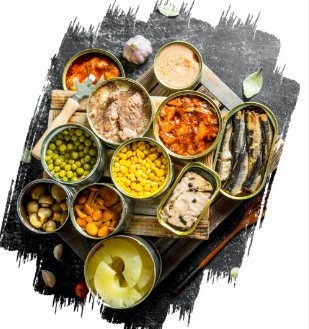
China Consumer Daily reported (reporter Li Jian) Open the lid (bag), it is ready to eat, tastes good, and is easy to store. In recent times, canned food has become a must-have item in many households’ stocking lists. However, a recent online micro-survey of more than 200 consumers by a repo...Read more »






